 May 2018
PLATO the habitable zone explorer
May 2018
PLATO the habitable zone explorer
..., we have found hot Jupiters, gas-dominated dwarf planets, super-sized Earths, and even miniature versions of Neptune. We don’t yet know for certain what the solar system’s place in the Galactic planetary census actually...
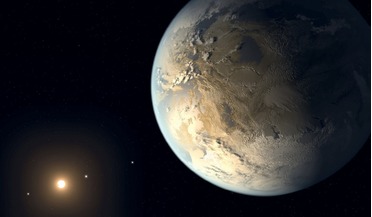 August 2018
Exoplanet census promises radical discoveries
August 2018
Exoplanet census promises radical discoveries
... (at one tenth of an Earth mass) at separations ranging from that of Venus to beyond the orbital separation of Neptune, including rogue planets. Figure 3: Two simulated coronagraph images of a Jupiter-sized planet orbiting at 1.5 AU around a nearby...
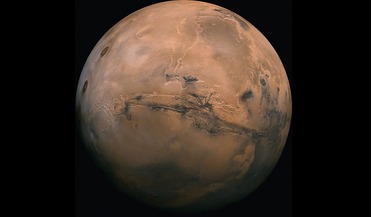 October 2020
Space 2069 - back to the Moon, to Mars and beyond
October 2020
Space 2069 - back to the Moon, to Mars and beyond
... belt and beyond to the gas giants of Jupiter and Saturn, and the ice giants of Uranus and Neptune in the cold, dark outer reaches of the solar system beyond. Then, in the century after the Apollo...
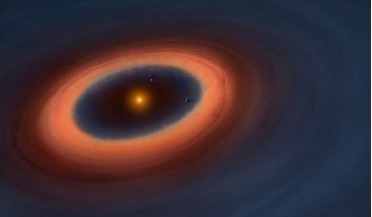 27 January 2016
Interaction between protoplanetary disks and planets confirmed by astronomers using ALMA
27 January 2016
Interaction between protoplanetary disks and planets confirmed by astronomers using ALMA
... shows a ring around the young star. And it is a surprisingly large ring, over three times the size of Neptune's orbit (a radius of approximately 110 astronomical units (AU),” explains Canovas. Only the ring is shown on the ALMA images...
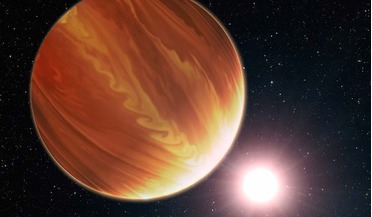 26 April 2016
Sulphur chemistry could be the key to clouds on many exoplanets
26 April 2016
Sulphur chemistry could be the key to clouds on many exoplanets
... atmosphere’s have concentrated on hydrocarbons and nitriles as the main compound in photochemical hazes, especially on warm sub-Neptune type worlds, but a lack of observed methane (CH4) on such planets has hindered this line of investigation...
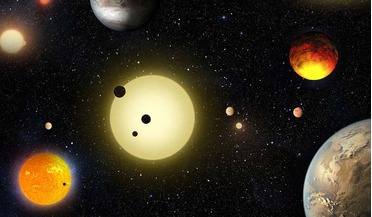 11 May 2016
Kepler scientists announce a major increase in confirmed exoplanet numbers
11 May 2016
Kepler scientists announce a major increase in confirmed exoplanet numbers
.... In this latest announcement, Kepler scientists have doubled the number of known exoplanets smaller than the size of Neptune in our own Solar System and found over a hundred that are smaller than 1.2 times the size...